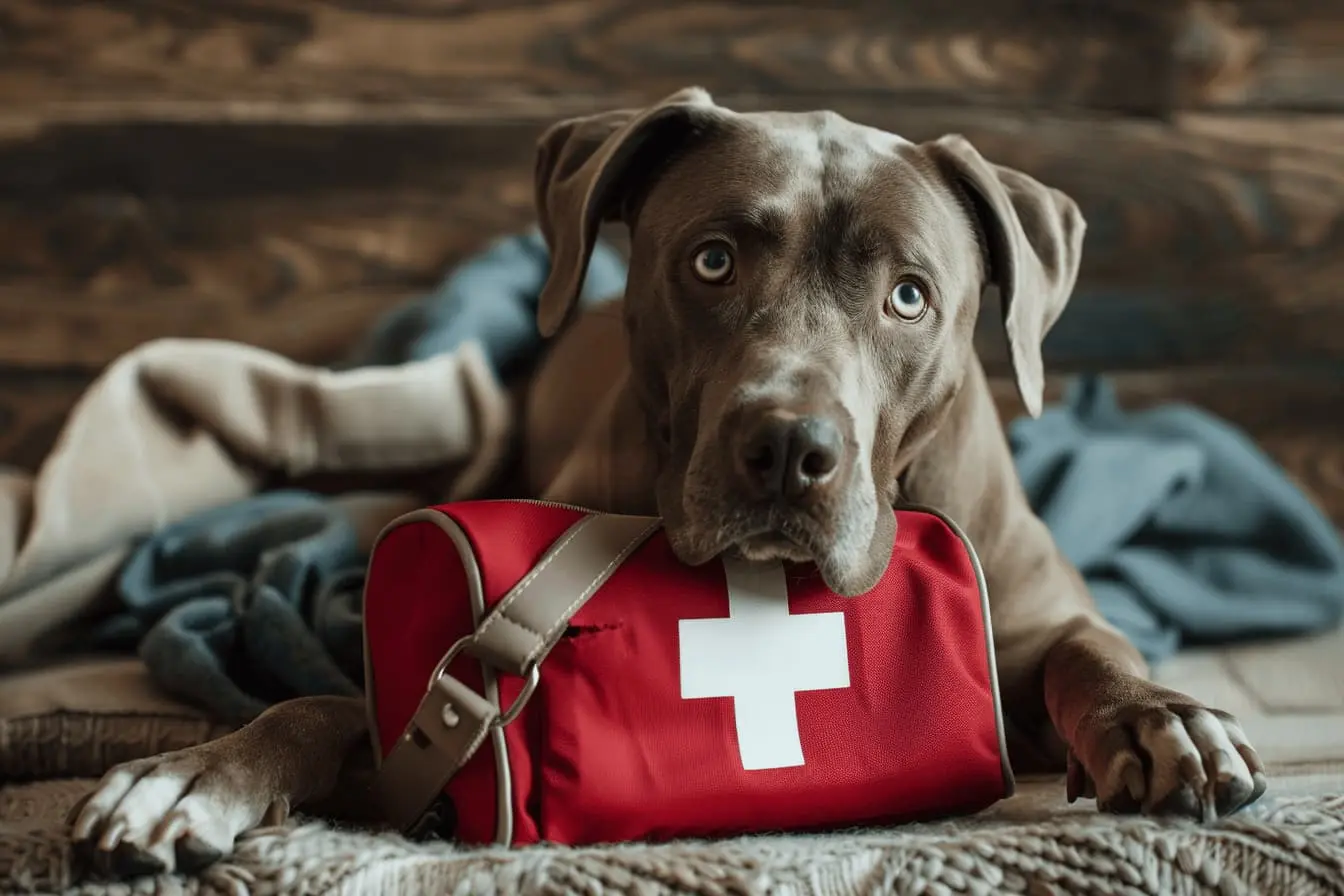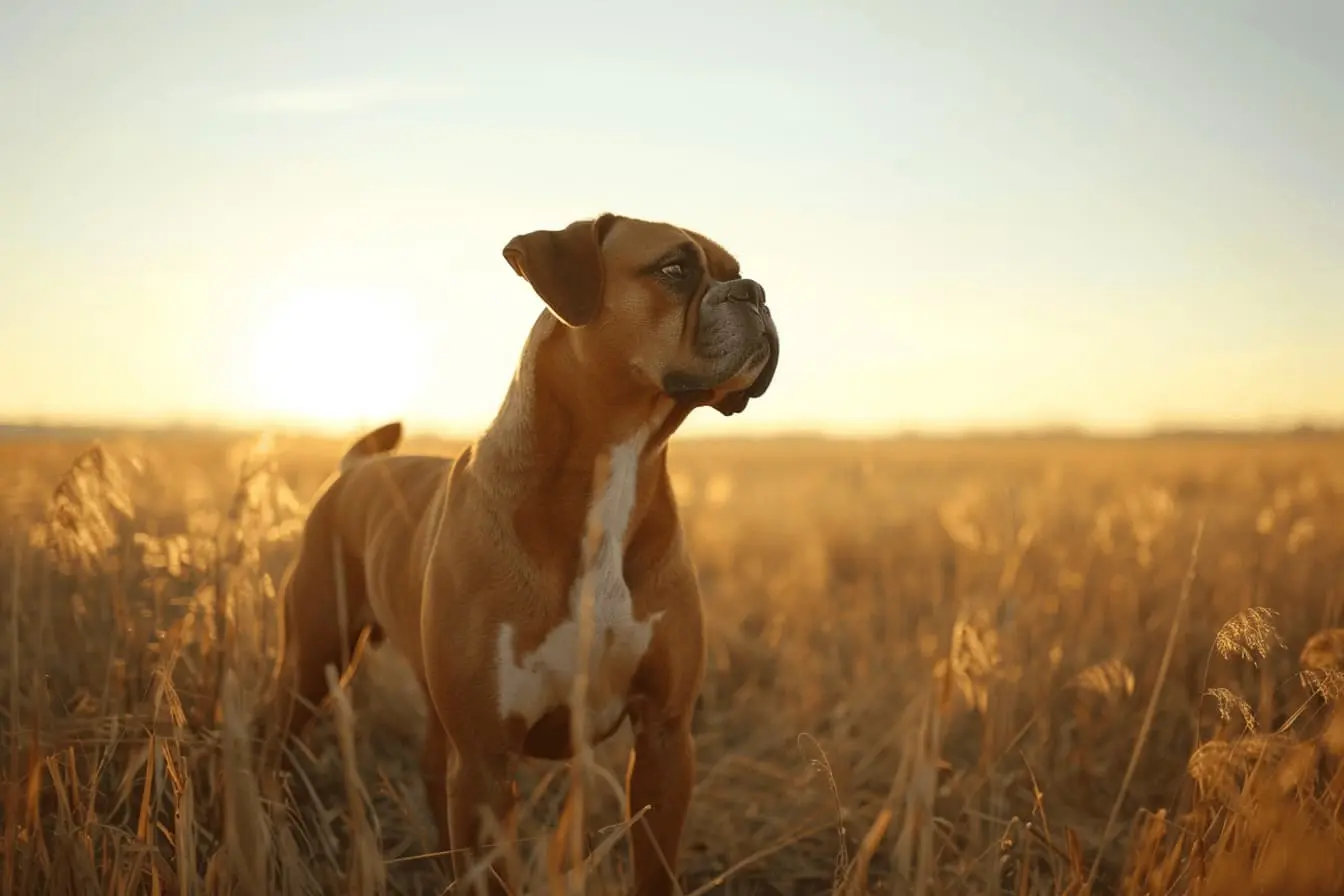
Essential Guide to Creating a Dog First Aid Kit
As a devoted dog owner, ensuring the well-being and safety of your furry friend is paramount. One of the best ways to be prepared for any emergencies is by having a well-stocked dog first aid kit. Whether you're at home or out exploring the countryside, accidents can happen, and being prepared can make all the difference. This guide will cover everything you need to know about assembling a comprehensive dog first aid kit.
Why Have a Dog First Aid Kit?
Having a dog first aid kit is an essential part of pet ownership. It allows you to provide immediate care in case of injuries, bites, cuts, or other emergencies before you can get professional veterinary help. It's particularly important if you're in an area far from immediate veterinary services or if an accident occurs outside of regular vet hours.
What to Include in Your Dog First Aid Kit
Your dog first aid kit should be tailored to your pet's specific needs, considering their size, breed, and any existing health conditions. However, there are several items that every dog first aid kit should include:
-
Contact Information: Keep a list of important phone numbers, including your vet, the nearest emergency vet clinic, and the Animal Poison Line (APL).
-
First Aid Manual for Dogs: This is invaluable for guiding you through various emergencies. Ensure it's specific to dogs and preferably approved by a reputable veterinary body in the UK.
-
Digital Thermometer: A pet-specific digital thermometer for checking your dog's temperature. Remember, the normal range for dogs is approximately 38.3°C to 39.2°C.
-
Sterile Gauze, Bandages, and Tape: For dressing wounds and stopping bleeding. Ensure you have non-stick bandages and hypoallergenic tape that won't irritate your dog's skin.
-
Antiseptic Wipes or Spray: To clean wounds and prevent infection. Choose a product that's safe for use on animals.
-
Tweezers and Tick Removal Tool: For removing splinters, thorns, and ticks safely.
-
Scissors with Blunt Ends: For cutting bandages or fur around wounds.
-
Disposable Gloves: To maintain hygiene and prevent contamination when treating wounds.
-
Saline Solution: Useful for cleaning out wounds or flushing debris from your dog's eyes.
-
Blanket: A compact, thermal blanket can keep your dog warm and shock-free, especially in cold weather.
-
Flashlight or Headlamp: This can be crucial for examining your dog thoroughly in poor lighting conditions.
-
Muzzle: Even the gentlest dog may bite when in pain. Having a soft muzzle can protect both you and your dog during stressful situations. Ensure it fits your dog comfortably.
-
Water and Bowl: Keeping hydrated is crucial, especially if your dog is in shock or has been vomiting.
-
Soft Stretcher: In case your dog is unable to walk, having a makeshift stretcher can help you transport them without causing further injury.
Keeping Your First Aid Kit Updated
Regularly check the expiry dates of all perishable items in your kit and replace them as necessary. After any use, replenish the used items to ensure your kit is always ready. It's also a good idea to familiarise yourself with the first aid manual and possibly attend a pet first aid course.
Conclusion
While we all hope never to use it, a dog first aid kit is a critical part of pet ownership that can provide peace of mind and, in some cases, save your dog's life. By assembling a comprehensive kit and keeping it readily accessible, you're taking a significant step in protecting your beloved pet. Remember, a first aid kit is a first response, not a substitute for veterinary care, so always follow up with a professional if your dog has been injured or is unwell.
Vets near you
Speciality vets
- Aquatics vet specialists
- Birds vet specialists
- Camelids vet specialists
- Cats vet specialists
- Cattle vet specialists
- Deer vet specialists
- Dogs vet specialists
- Equines vet specialists
- Exotic vet specialists
- Goats vet specialists
- Pigs vet specialists
- Poultry vet specialists
- Sheep vet specialists
- Small Mammals vet specialists
- Wild vet specialists



